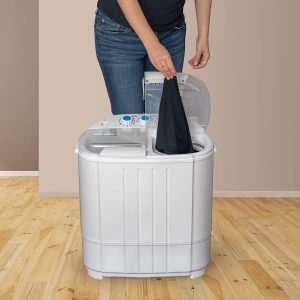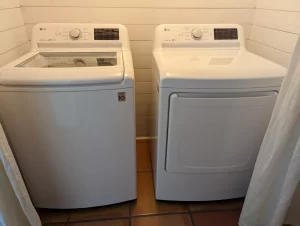LG Washing Machine Leaking: For Troubleshooting and Repair?
Introduction:
A leaking LG washing machine can be frustrating and damaging to your home. Whether it’s a minor drip or a major leak, understanding the cause and addressing it promptly is essential. This guide explores the potential causes of leakage, troubleshooting steps, and solutions to repair your washing machine effectively.
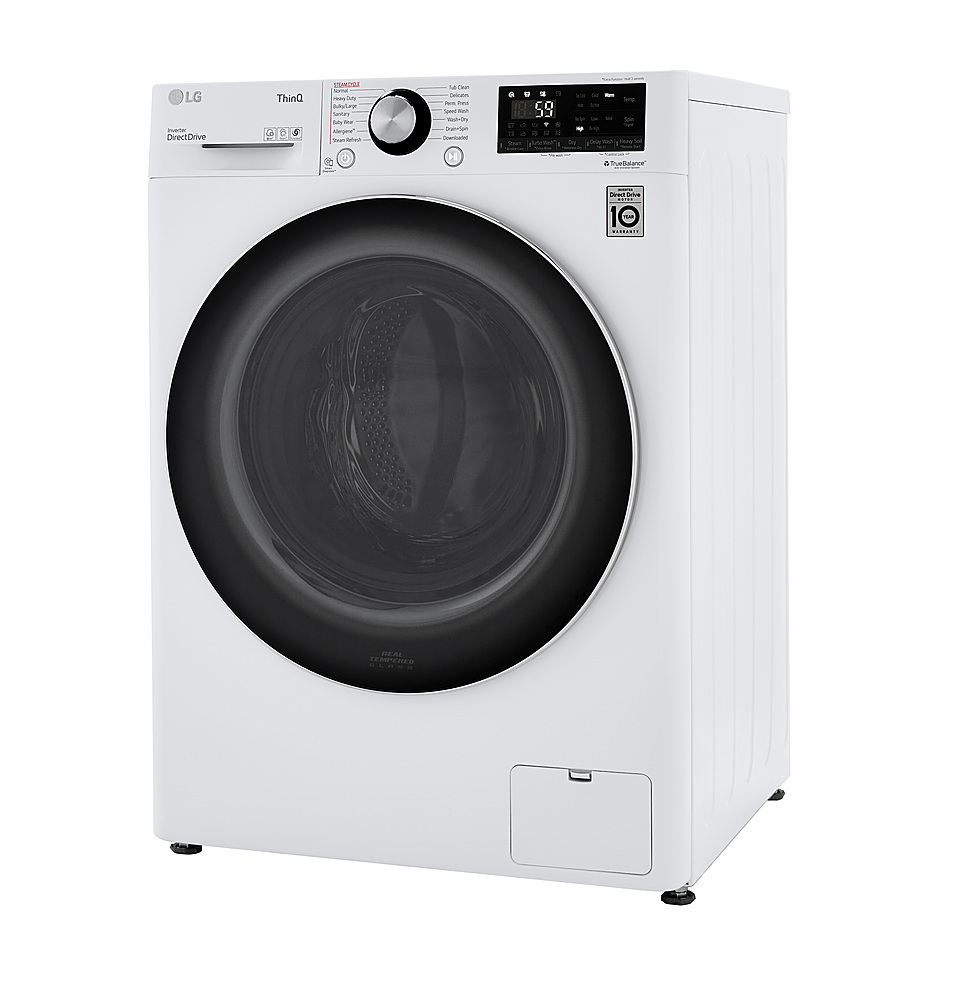
LG Washing Machine Leaking:
What Steps Should You Take for Troubleshooting and Repair?
Initial Checks:
What Should You Verify Before Inspecting Internal Components?
Before diving into the machine’s internal components, performing some initial checks can help identify the problem quickly.
External Inspection:
Visible Leaks:
Check Water Hoses: Inspect the water inlet hoses connected to the back of the washing machine. Look for any cracks, loose connections, or signs of wear that could be causing leaks.
Drain Hose: Examine the drain hose for any obstructions or kinks. Ensure it’s securely connected to the drain pipe and the washing machine.
Wet Areas:
Puddles and Drips: Identify where the leak appears on the floor. A puddle at the front, sides, or back can give clues about the source of the leak.
Under the Washer: Slide a piece of cardboard or paper under the machine to determine if the water is coming from underneath.
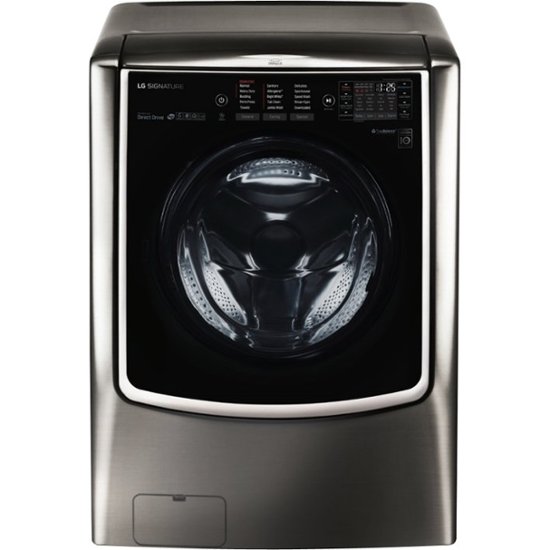
Load Distribution:
Balanced Load:
Even Distribution: Overloading or unevenly distributing clothes can cause an imbalance, leading to water sloshing over the top or sides of the drum during the spin cycle.
Sequential Testing:
What Steps Help Isolate the Source of the Leak?
Testing your washing machine in sequence can help isolate the exact source of a leak.
Fill Cycle:
Water Inlet:
Start Fill Cycle: Run the washing machine on a fill cycle and observe both the hot and cold water inlet hoses. Check for leakage around the connections and along the hoses.
Tighten Connections: If you find any leaks, tighten the hose connections with a wrench. Replace damaged hoses immediately.
Wash Cycle:
Inspect Drum:
Check Drum Movement: During the wash cycle, observe if the water is leaking from the drum area. This could indicate a problem with the door seal or gasket.
Door Seal: If the door seal appears damaged or misaligned, clean it thoroughly to remove any debris. Ensure it’s sealing properly to prevent water from leaking.
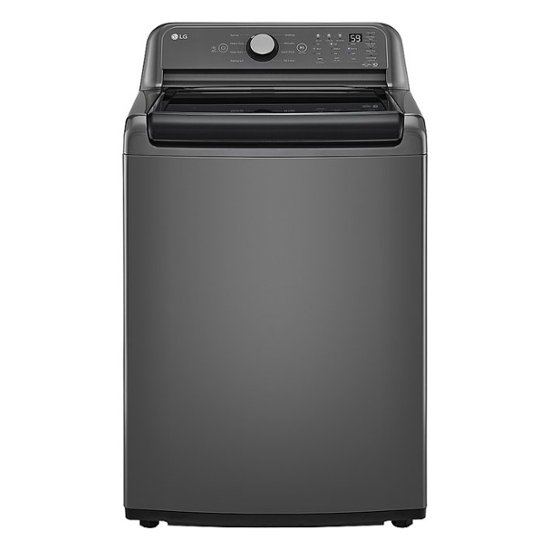
Drain Cycle:
Drain Cycle Run: Run a drain cycle and observe the drain hose and pump. Check for any leaks around these components. Use a flashlight to inspect less visible areas.
Clean Drain Filter: Remove and clean the drain filter. A clogged filter can cause water to back up and leak from the washing machine.
Spin Cycle:
Spin Speed:
Check Spin Balance: Observe how the washing machine behaves during the spin cycle. Excessive vibrations or noise can indicate an imbalance, which might cause water to leak from the drum.
Internal Components:
How Can You Inspect and Repair Internal Parts Causing Leaks?
If initial checks and sequential testing don’t resolve the problem, the issue might be with internal components. Unplug the machine before any inspection or repair.
Water Inlet Valve:
Valve Issues:
Inspect Valve: Locate and inspect the water inlet valve, typically found at the back of the machine. Check for any signs of wear, cracks, or clogs.
Replace Valve: If the valve is damaged, replace it to prevent leaks during the fill cycle. Ensure all connections are secure when installing the new valve.
Door Seal (Gasket):
Seal Condition:
Inspect Door Gasket: Look closely at the door gasket for any tears, warping, or mold buildup. Water leaks often occur if the gasket is not sealing properly.
Replace Gasket: If damaged, replace the door gasket. Follow the manufacturer’s instructions for removing the old gasket and installing the new one.
Drain Pump:
Pump Function:
Check Drain Pump: Inspect the drain pump for any signs of wear or damage. A malfunctioning pump can cause leaks during the drain cycle.
Clear Obstructions: Clear any debris or obstructions that might be blocking the pump. Replace the pump if it appears damaged or worn out.
Tub-to-Pump Hose:
Hose Inspection:
Check Connections: Inspect the hose that connects the tub to the drain pump for any cracks, holes, or loose connections. Water escaping from this hose can cause significant leaks.
Replace or Secure: If the hose is damaged, replace it. If connections are loose, secure them properly to ensure a tight fit.
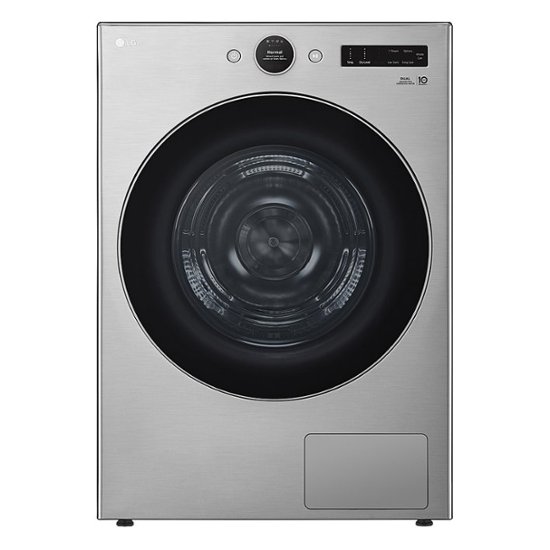
Tub Seal:
Central Seal:
Inspect Tub Seal: The tub seal, located between the outer tub and the transmission, can wear out over time. Inspect for any visible damage or wear.
Replace Tub Seal: Replacing the tub seal usually requires disassembling parts of the washing machine. Follow detailed instructions or hire a professional for this complex task.
Electronic Components:
What Role Do Electronic Parts Play in Preventing Leaks?
Some electronic components regulate water levels and cycles, playing a crucial role in leak prevention.
Water Level Sensor:
Sensor Function:
Check Sensor: Inspect the water level sensor, also known as the pressure switch. If it malfunctions, it might overfill the tub, causing leaks.
Replace Sensor: If faulty, replace the sensor. Ensure it’s correctly calibrated to detect and regulate water levels accurately.
Control Board:
Board Issues:
Inspect Control Board: The control board manages the washing machine’s operations, including water intake and drainage. Check for any signs of damage or malfunction.
Board Replacement: Replace the control board if necessary. Consult the manufacturer or a professional technician, as replacing electronic components can be complex.
Professional Assistance:
When Should You Call a Technician for Help?
If you cannot diagnose or repair the leak yourself, seeking professional help is advisable.
Complex Repairs:
Technical Expertise:
Expert Diagnosis: For complex issues like tub seal replacements or control board repairs, hiring a technician ensures the problem is correctly diagnosed and fixed.
Safety Concerns:
Best Practices: Handling gas connections or intricate electronic parts requires professional expertise to ensure safety and proper repair.
Time and Convenience:
Efficient Repair:
Quick Resolution: A professional technician can quickly identify and resolve the issue, saving you time and ensuring minimal disruption.
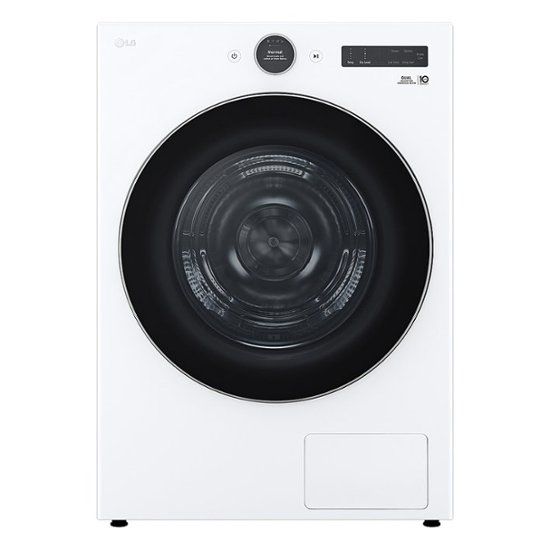
Prevention Tips:
How Can You Prevent Future Leaks and Maintain Your Washing Machine?
Regular maintenance and preventive measures can help avoid future leaks.
Routine Maintenance:
Regular Inspections:
Frequent Check-Ups: Perform regular inspections of hoses, gaskets, and connections to catch wear and tear early.
Cleaning Schedule:
Prevent Build-Up: Clean the detergent dispenser, door gasket, and drum periodically to prevent mold and residue build-up, which can cause leaks.
Conclusion
A leaking LG washing machine can be addressed with thorough initial checks, sequential testing, and careful inspection of internal components. Paying attention to water hoses, door seals, drain pumps, and electronic components can help identify the source of the leak. If the issue remains unresolved, professional assistance ensures the problem is handled correctly. Regular maintenance and preventive measures, such as routine inspections and proper detergent use, keep your washing machine in optimal condition, reducing the chances of future leaks. With these steps, you can ensure your LG washing machine operates efficiently and leak-free.
